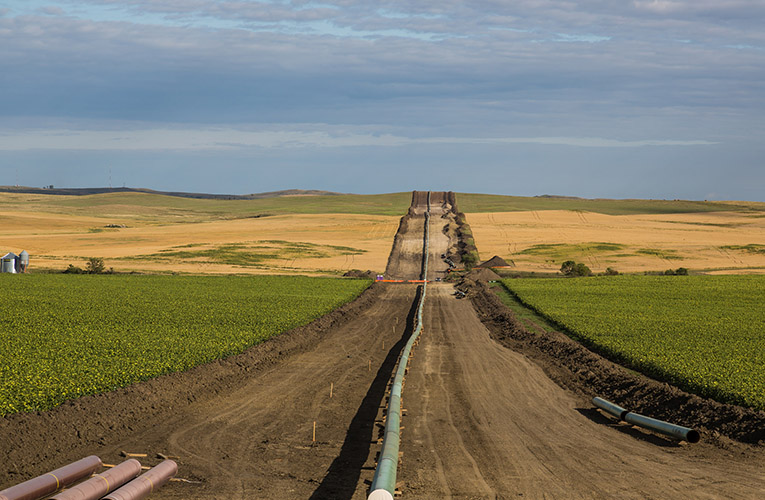Dakota Access Pipeline, the controversial midstream asset of Energy Transfer has gotten a notice for probable violations on safety regulations and a proposition for a civil penalty; the U.S. Department of Transportation, though its pipeline regulator, issued the notice.
Firstly, as Reuters reported, the U.S. Pipeline and Hazardous Materials Safety Administration (PHMSA) listed the violations of the pipeline; among them were the location of storm water drainage at six pipeline facilities; and failure to follow assessment guidelines relating to possible incidents in sensitive areas where the pipeline operates.
Secondly, the PHMSA recommended a civil penalty of $93,200 against the company for the violations; it also said failure to correct the issues may result in further enforcement action.
Thirdly, as we reported previously, in June, a U.S. district court closed a long controversy and court case against the Dakota Access Pipeline. The controversy dates for at least four years ago; as executives from Energy Transfer want to expand the pipeline from its current 570,000 barrels per day of capacity, to 750,000.
Moreover, the asset came online in 2017 and to its commercial date followed months of protests and arguments of environmental groups and Native American Tribes, who argued the pipeline had destroyed sacred sites and had endangered the Lake Oahe.
Also recommended for you: Form Energy gets $25M funding from ArcelorMittal to boost energy storage. Click here to read.
Dakota Access Pipeline controversy, most likely to continue
In addition, the pipeline had a permit from the U.S. Army Corps of Engineers, allowing the project to operate, although another essential federal license was lacking. After months of hurdles, Washington-based U.S. District Judge James Boasberg also denied a request for an injunction to shut the pipeline.
Furthermore, the Justice said that the Native American Tribes did not make clear how the assets endangered the lake, or how it made irreparable injury to their sites. Now, the U.S. Army Corps will also complete a second environmental review of the line around March 2022.
However, the cased was closed, the judge allowed for Native American tribes and other opponents of the line to file additional actions against it. This new civil penalty will add to the controversy, as Native American communities mount their opposition to the asset.
Finally, Standing Rock Sioux Tribe’s vice chairman, Ira Taken Alive, said in a statement; issued on Thursday by Earthjustice group, which represents the tribe in the lawsuit. “An oil spill from this pipeline would be devastating to our drinking water supply; and also that of millions of people downstream, placing us all in harm’s way. That’s why we have opposed DAPL from the very beginning and fought its continued operation at every turn.”


